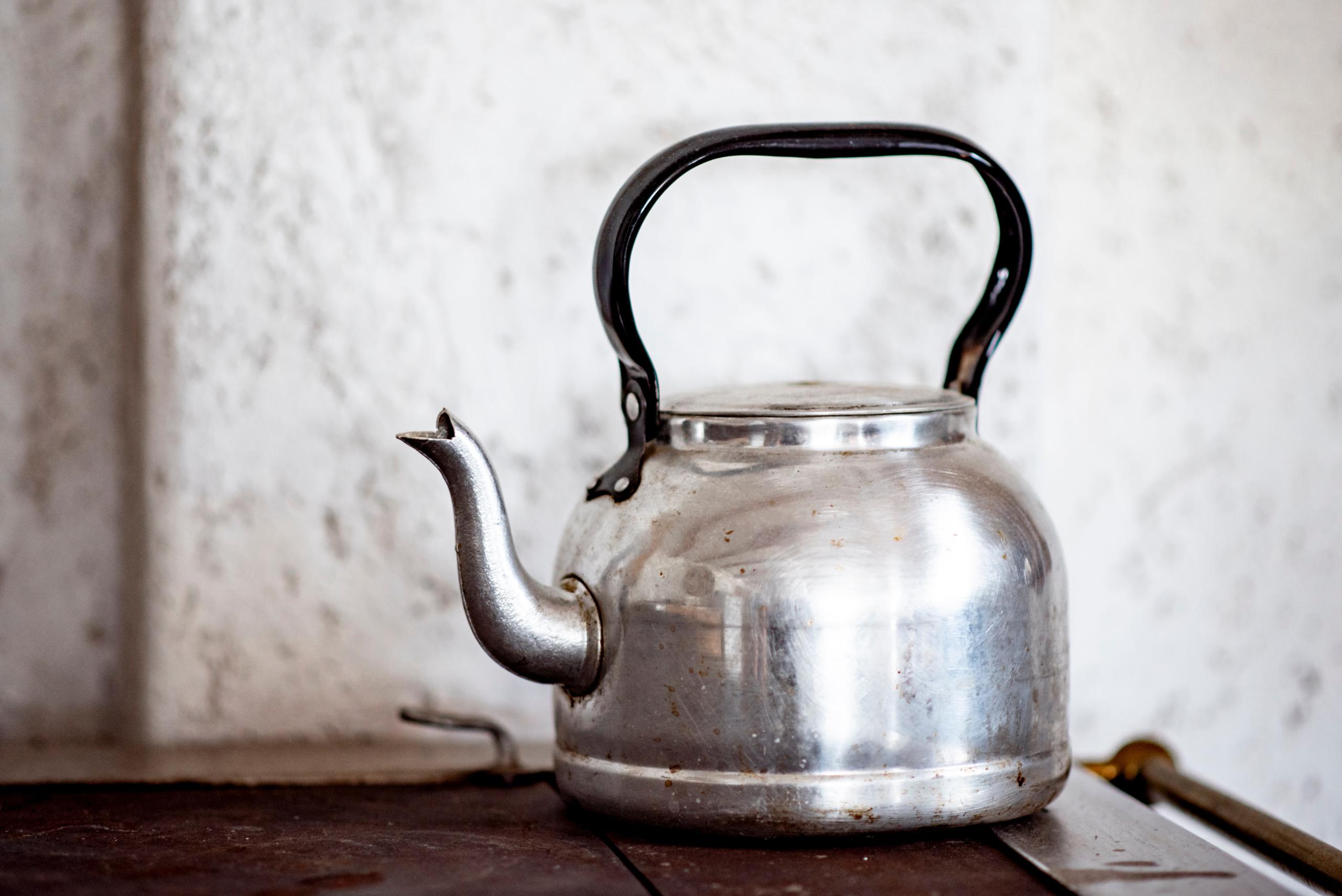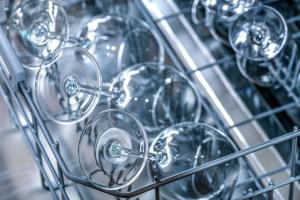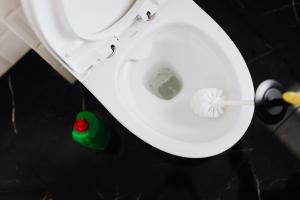
As a nation of tea lovers, British people can’t go a day without popping on the kettle for a lovely cuppa. We’re not exaggerating - more than 90% of people in the UK use their kettles daily, while around 40% use them five times or more every day.
Considering kettles go through a lot of usage, it’s a good idea to keep an eye on their condition, especially if you live in a hard water area.
We’ve written before about how hard water causes limescale and how it can affect your appliances. If you begin to notice a chalky and scaly residue in your kettle, this means limescale has begun to develop. Check out our simple and easy-to-follow steps on descaling your kettle!
Why Is It Important to Descale Kettles?
Limescale isn’t exactly harmful, but there are still some serious downsides, such as:
- Chunks or flakes of limescale in your water.
- Slight metallic flavour.
- Reducing efficiency of your kettle.
- Damaging your kettle to the point where it needs replacing.
Needless to say, while it may not be harmful, who wants to find bits of chunky white limescale in their tea? To make it even worse, limescale can result in unnecessary expenses.
More than ever, families need help with keeping energy prices down, especially when considering the costs for those who work from home. Not all kettles have a flat panel to cover the heating element, so if limescale reaches this area, it can eventually make them burn out, meaning you’ll have to buy an entirely new model to replace it.
So for those who live in a hard water area, kettle maintenance is more important than you might think!
Steps to Descaling Kettles
We’ve compiled a few steps on descaling your kettle to ensure it stays clean and efficient for as long as possible.
- You’ll want to start with removing as many of the loose limescale particles as you can.
- Dismantle the spout's filter.
- Fill the kettle with water (1/4 will do) and swirl it around until you've gathered a fair amount of the free-floating flakes.
- Pour the water down the sink drain. Feel free to repeat these first few steps until you’ve removed as much limescale as possible.
- Run the spout under the tap if it’s contaminated. If there’s a significant amount of limescale, you can remove it again later for a more thorough clean.
- Put the spout back. Now you can fill half the kettle with water, half with distilled white vinegar, then set it to boil.
- Pour the water out and refill it with only water this time so you can boil it and get rid of any traces of vinegar.
- Remember the golden rule: rinse and repeat!
- Celebrate your hard work with a nice cuppa.
If the scales are particularly stubborn, it may be time to scrub the inside with hot water and vinegar. This will be particularly effective if you do this after you’ve already followed the steps mentioned above. If necessary, take out the spout again and leave it to soak in a tub of hot water and vinegar, and scrub any scales away until it’s clean.
We recommend using a vinegar solution over dish soap as limescale is fairly resistant to alkaline liquids, reacting much better to acidic ingredients.
Can Water Softeners Prevent Limescale Build Up in My Kettle?
As limescale is caused by hard water, the ideal way to remove limescale from kettles is to prevent it from forming in the first place! For a permanent solution, consider installing a water softener for a non-abrasive, low-maintenance, cost-effective way of not just combating - but eliminating - limescale.
Water softeners work by reducing the hard minerals in water and, as the name indicates, make it soft, leaving your water crystal clear. This cuts costs as you won’t be spending as much on water and cleaning products or having to replace appliances.
Consider taking a look at our water softener systems so you can keep your kettle limescale-free and stress-free.
There you have it; now you don’t have to worry about limescale seasoning in your pasta or hot beverages. Your kettle should be squeaky clean!









